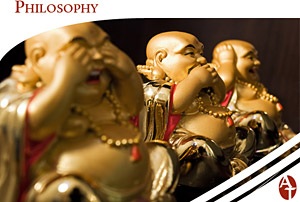The application of yin-yang concept on heart rate variability patterns in menopausal women with insomnia.
Kristen Sparrow • July 02, 2016


So excited to see this paper!!! tbjkuo_0621-hrv-and-yin-yang-insomnia This is exactly the kind of thing I’m interested in trying to figure out. I may or may not be able to get access to the actual paper, but even the abstract is fascinating. As with this Dutch paper that compares hot/cold TCM diagnosed patients with Rheumatoid Arthritis, this could have potential as a better way to treat patients.
Chin J Integr Med. 2016 Jun 29.
The application of yin-yang concept on heart rate variability patterns in menopausal women with insomnia.
Kung YY1,2, Yang CC3,4,5, Chiu JH1,2, Kuo TB6,7,8,9.
Abstract
OBJECTIVE:
To develop heart rate variability (HRV) patterns for peri- and postmenopausal insomnia (PI) by the yin/yang concept of Chinese medicine (CM).
METHODS:
Seventy-four peri- and postmenopausal women (average age 56.6±1.0 years) with insomnia were enrolled in the study. HRV and the Chinese version of the Pittsburgh Sleep Quality Index (CPSQI) were recorded. The Autonomic Nervous System (ANS), Sympathetic and Parasympathetic Indices were derivative from the low frequency (LF), high frequency (HF) and ratio of LF to HF (LF/HF) components of the HRV. A deficiency or the excess pattern for PI was used for ANS index values > 0 or < 0, respectively. The deficiency pattern of PI was further divided into deficiency-yang (ANS index < 0, Sympathetic-Parasympathetic index > 0) and the deficiency-yin patterns (ANS index < 0, Sympathetic-Parasympathetic index < 0). The classification of the excess-yang and the excess-yin patterns of PI was carried out in the same way. The CPSQI and HRV parameters were compared to each of these patterns.
RESULTS:
The deficiency pattern (60.8 %) occurred more frequently than the excess pattern (39.2%) among PI participants. There were significantly longer bouts of insomnia, prolonged sleep latency, lower LF, HF, and LF/HF of HRV among individuals with the deficiency pattern than among those with the excess pattern among PI participants (P<0.05). The deficiency-yang pattern of PI participants had significantly prolonged sleep latency and decreased sleep efficiency, a higher LF/HF but a lower HF while compared to those with the deficiency-yin pattern (P<0.05).
CONCLUSIONS:
The results show a possible method of integration of biomedicine and CM by using physiological signals (HRV) combined with the concepts of CM (deficiency/excess and yin/yang) in order to develop diagnostic patterns of PI. This method may be applicable to the trials involving the use of acupuncture or Chinese herbs to treat PI.

